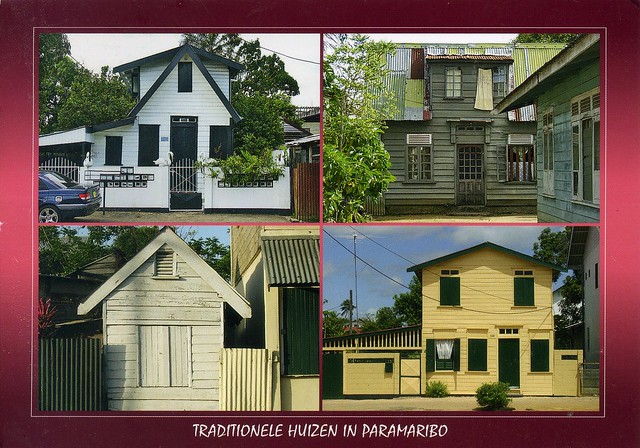Late last year I discovered this new postcard exchange website called Postcard United. I thought I'd give it a try, I was hoping it could be an alternative to official Postcrossing which I've given up on for the time being as I kept receiving too many postcards through it. Well, I'm not too impressed with Postcard United. It seems too much like a carbon copy of Postcrossing for one thing. Also, I think there's something suspicious about the fact that you have to be registered and logged in to be able to see pretty much anything at all, and nowhere on the website does it say who's behind the project - no names are given. There's also no option of deleting your account. I'd like to do this and am pretty annoyed that you have to have your address there - there's not even an option to delete just your address! I might email them at some point to ask, but another person reported than when he asked Postcard United to delete his account, they refused to do it and wouldn't given give a proper reason as to why not. Also, nine of the postcards I've sent have been registered, but seven (!) are still 'travelling' and I'm not exactly holding my breath for those to ever be registered. ...and meanwhile I still keep receiving more postcards - I've now received 28 postcards through the site! How is that supposed to work?! Admittedly I *have* received some very nice postcards through the site, and I actually got my first ever written and stamped postcard from Suriname that way. Still, I would certainly NOT recommend the site - stick to Postcrossing who are a lot more open about everything as well.
This is the postcard I received through Postcard United. ...with a postcard ID 'SUR-66'. It's weird, at the time the UK ID's I was drawing were a lot lower than that, so Suriname at least used to be a more common country in this project than the UK! O_o
Paramaribo is a former Dutch colonial town from the 17th and 18th centuries planted on the northern coast of tropical South America. The original and highly characteristic street plan of the historic centre remains intact. Its buildings illustrate the gradual fusion of Dutch architectural influence with traditional local techniques and materials.
Suriname is a country on the northeastern Atlantic coast of South America. It is bordered by French Guiana to the east, Guyana to the west and Brazil to the south.
Suriname was colonized by the English and the Dutch in the 17th century. In 1667 it was captured by the Dutch, who governed Suriname as Dutch Guiana until 1954. At that time it was designated as one of the constituent countries of the Kingdom of the Netherlands, next to the Netherlands and the Netherlands Antilles (dissolved in 2010). On 25 November 1975, the country of Suriname left the Kingdom of the Netherlands to become independent. A member of CARICOM, it is considered to be a culturally Caribbean country and has extensive trade and cultural exchange with the Caribbean nations.
At just under 165,000 km2, Suriname is the smallest sovereign state in South America. (French Guiana, while less extensive and populous, is an overseas department of France.) Suriname has a population of approximately 566,000, most of whom live on the country's north coast, where the capital Paramaribo is located. Suriname is a mostly Dutch-speaking country; Sranang, an English-based creole language, is a widely used lingua franca. It is the only independent entity in the Americas where Dutch is spoken by a majority of the population.
I had received this postcard of Suriname a few years earlier, but it was mailed from the Netherlands.
Sunday, 1 March 2015
Paramaribo, Suriname
Labels:
2012,
2015,
paramaribo,
postcard united,
suriname,
swap,
the netherlands,
unesco
Subscribe to:
Post Comments (Atom)






 Maroon
Maroon 










































































































































































No comments:
Post a Comment